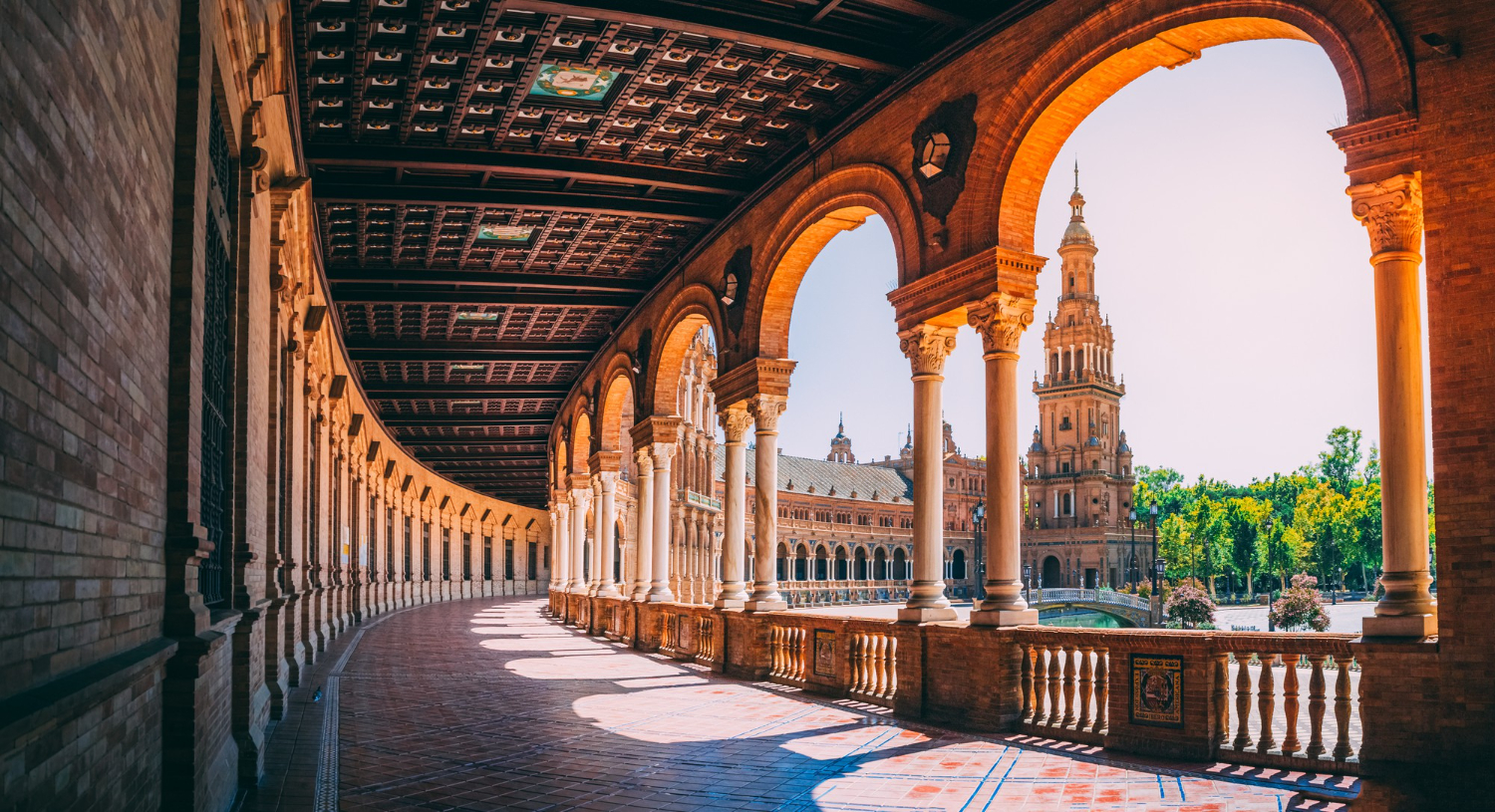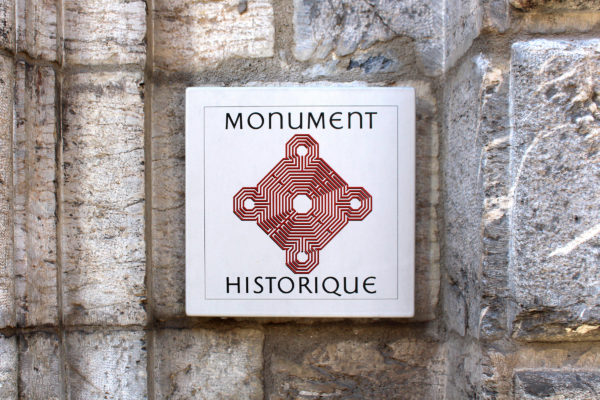The July 7, 2016 law on freedom of creation, architecture and heritage redefined the provisions applicable to the surroundings of historic monuments. This is to make them a genuine tool of cultural heritage policy. Not all historic monuments are protected. Protection under the “abords” scheme applies to buildings located within a so-called “delimited” perimeter of around 500m (in the absence of a perimeter delimited by the authorities). In other words, a perimeter adapted to the specific challenges of each historic monument and territory. The buildings must form a coherent whole with the MH, or be likely to contribute to its conservation or enhancement.
Definition of surroundings of listed properties
Applying automatically when a building is listed, compliance applies to all surrounding buildings and spaces within 500 meters of that monument, visible from it or “visible along with it “(i.e. from a vantage point, the two buildings can be seen together, one from the other and vice-versa).
The scope of modified protection (PPM). Since the SRU law of December 13th 2000, the distance of 500 meters can be changed, including decreased, during the development or revision of the local zoning/urbanization plan (PLU). This permite to take into account areas of interest for the protection and enhancement of the listed building.
The adapted scope of protection (PPP). When a new building comes under protection, the architecte des bâtiments de France (ABF) (2) may offer a new scope of protection adapted to the building’s environment. The request for protection and the proposed new perimeter will be studied concurrently.
What is a property ‘backing’ a listed property ?
A property backing a listed property is “any building in contact with an « immeuble classé au titre des Monuments Historiques » at ground level or underground” and “any non-protected/listed part of a building partially « classé as a monument historique » (Article L621-30 of the Heritage Code).
Initially regulated separately, work on the buildings backing a classé building has been aligned with work on buildings in the vicinity of a historical monument.
Work surroundings of historic monument
Work carried out in the area surroundings of historic monuments therefore requires prior authorization. Any work proposed in the vicinity of a listed building and “likely to change it appearance” (new construction, demolition, clearing, etc …) requires prior notice from the ABF.
(1) The French notion of ‘abord’ is very similar (but not completely) to the English concept of curtilage.
(2) The architect specialised in Heritage preservation, ABF, is a state official, head of the territorial architecture and heritage department (STAP), a territorial unit of the Regional Directorate of Cultural Affairs (DRAC).


